God of War Ragnarok on PS5
It’s been a long time since I stayed up all night playing a video game, but as I write this review I’m wiping the sleep dust from my eyes. I don’t want to work. I want to play more God of War Ragnarok. Reluctantly, though, I suppose I should take a break and explain to you why it’s so damn good, why it’s the best video game I’ve played not just this year but in the past few years since the PS5 was released.
God of War Ragnarok is the follow-up to the 2018 reboot that saw Kratos and Atreus embark on a memorable adventure across the frozen north. It was a game largely celebrated as Sony Santa Monica’s best work. Now, with the weight of expectations even heavier for its sequel, the big question was whether the studio could replicate that same magic on an even grander scale.
After 35 hours in which I could barely put the game down to rest, I can confirm it’s far exceeded any effort I could have imagined. Truth be told, I wasn’t even that enamored with the first game, but this second outing has totally captivated me. Ragnarok doesn’t just replicate the success of the first game, it outdoes it in every possible way. From the gripping narrative right through to the challenging combat, Ragnarok demands your attention. It’s wrapped up in a level of cinematic style and artistic flourishes that make near-every frame something to be marveled at. And when you venture off the beaten path, there’s a smattering of side quests and collectibles to keep you roaming the Nine Realms for hours outside of the main story.
Every time I thought I was ready to take a break, a lovable NPC would pop up with some mysterious-sounding quest and off I ventured to grab whatever item it was that they desired. Other times I’d put my controller down only to see a faint glimmer of a chest or side activity in the distance and just had to investigate it. This is far from some bloated mess of an open-world experience; Ragnarok is measured, restrained, favoring quality over quantity, and the result is a title that will long live in the echelons of gaming history.
Accomplished Storytelling
God of War Ragnarok takes place three years after the events of the first game –of which there’s a handy recap of its events to get you up to speed if you’ve forgotten the storyline over the past, eventful four years. Fimbulwinter –great winter as a rough translation– has begun and signposts the impending start of Ragnarok. Atreus is now officially a teenager and with that has grown wiser and far less infuriating to adventure with. He’s more seasoned in combat, and more understanding of his father’s wishes, but, of course, grumpier and rebellious as teenagers tend to be.
Immediately, there’s a sense of closeness between Kratos and Atreus that feels different this time around. Kratos isn’t so commanding and full of instruction; there’s a genuine companionship between the pair of them. Their relationship feels seasoned in moments when the two subtly glance knowing looks at one another: a hand on the shoulder, for example, that somehow resonates a pride of the God of War’s protégé and offspring. And the duo needs to be closer and more in-sync than ever before, too, given the impending dangers of the Norse Gods looming around every corner. Still infuriated by the death of her son at the hands of Kratos and Atreus, Freya is still intent on ambushing them from almost the very beginning of the game, while Odin’s introduction brings with it a truce to Kratos and Atreus’ door. One that, for one reason or another, the two refuse to accept.
Despite their relationship having developed from ‘whiny kid and grumpy dad’ as it was in the 2018 release, Kratos and Atreus still don’t agree with one another on everything. Kratos’ hard-ass approach of desperately trying to push Atreus into becoming a ruthless, compassionless killer like himself is juxtaposed against the innocent ambitions and kind-hearted nature of Atreus that we see throughout various cutscenes in the opening hours.
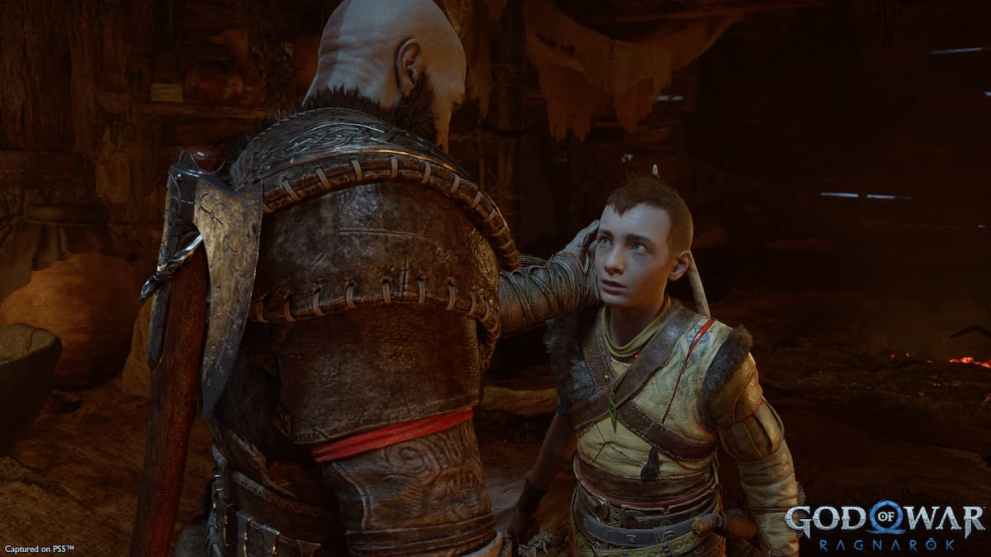
Both are convinced they are right on what’s worth their time, what they should be doing regarding the Norse Gods, and where they should adventure next leads to multiple clashes. With a more headstrong Atreus, more resilient to his father’s scorning words, however, the two often split paths, seeking out answers on their own with an AI counterpart filling the gap the other has left.
This relationship undergoes some huge development over the course of Rangarok’s storyline, seeing the pair endure the lowest lows but also soar to their highest highs over both games. Kratos, on a personal level, becomes a better person. He develops into a man capable of feeling more than mere rage and anger, who doesn’t just grumble unintelligibly at anything and everything his counterparts say –and gets called out for it on the odd occasion he does– and is generally more trusting of those he hasn’t met. On the other hand, Atreus is more conscious of the dangers of the world, capable of handling himself in a fight without his father needing to bail him out all of the time. It’s the evolution both characters wanted for the other, and getting to witness this through Ragnarok’s combination of cutscenes and traversal chatter only goes to elevate the entire experience.
I don’t want to dive too into the narrative for the sake of spoilers, but Ragnarok’s story is something rather special. It’s a rollercoaster ride of emotions, which had me genuinely laughing out loud in some moments, and forcing down a lump in my throat in others. Even during its quieter moments, there’s engaging and interesting chatter among the band of characters you’re following which only helps to grow your bond and fondness for them. The way Mimir, Kratos, and Atreus all chat amongst themselves like long-term friends is sure to have fans smiling, as will the constant back and forth between Brok and Sindri, the Dwarven miners who became so popular in the first game. Even new characters such as Odin, Thor, Freyr, and Angrboda all come to life thanks to nuanced writing and well-thought-out character arcs. It’s a narrative that keeps you guessing, bringing twists and turns that only go to fuel your thirst for adventure across the realms.
Oh, and there’s a talking squirrel called Ratatoskr who is now the best character the series has and will ever see.
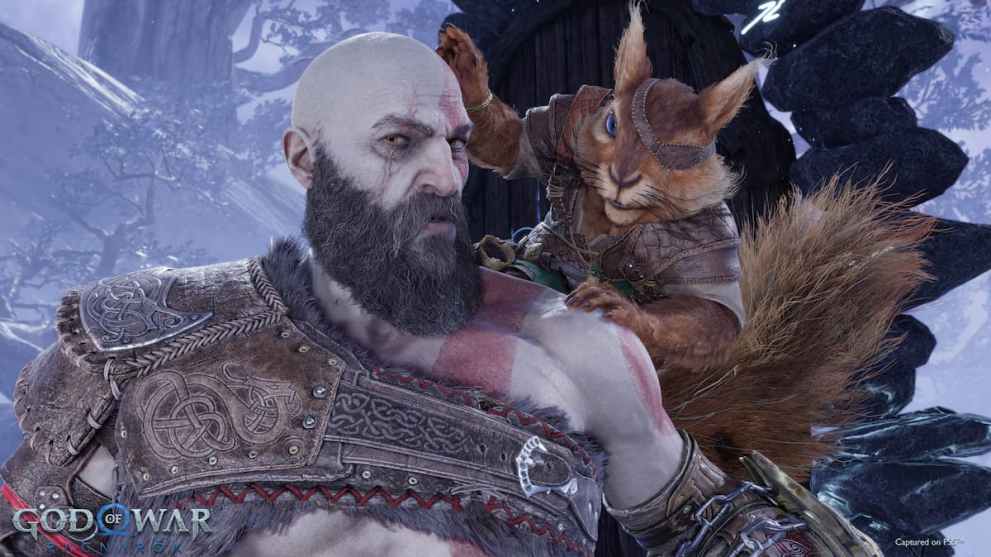
Refined Mechanics
Perhaps unsurprisingly, Ragnarok is a heart-pumping adventure that sees you hack, slash, stab and shoot countless enemies. Combat isn’t merely a carbon copy of how it was in the 2018 release, though. It’s more challenging via the inclusion of elemental resistances and weaknesses of enemies, a smattering of cool new skills and abilities to unlock, and a general ratcheting up of the difficulty across the board.
Button mashing won’t get you through every fight, especially boss battles that feel like a true test of how well you’ve mastered your skills in combat up to that point. Instead, it’s about learning enemy attack patterns, knowing when to parry and evade, and unleashing all of Kratos’ abundant fury. It feels more engaging as a result. It sucks you into these intense and often brutal skirmishes and almost encourages you to switch between your arsenal of weapons freely.
Rather than having the Leviathan Axe be the main weapon in Kratos’ arsenal, though, Ragnarok gives each weapon a more defined role in defeating enemies. The Leviathan Axe brings a frosty bite perfect for cooling down scorching enemies, while the Chaos Blades can melt through frosty enemies with ease. By quickly being able to switch between these –and another weapon you eventually get– with a quick press of the d-pad, you can change between them swiftly in combat, chaining together various combos or Runic Attacks from each weapon.
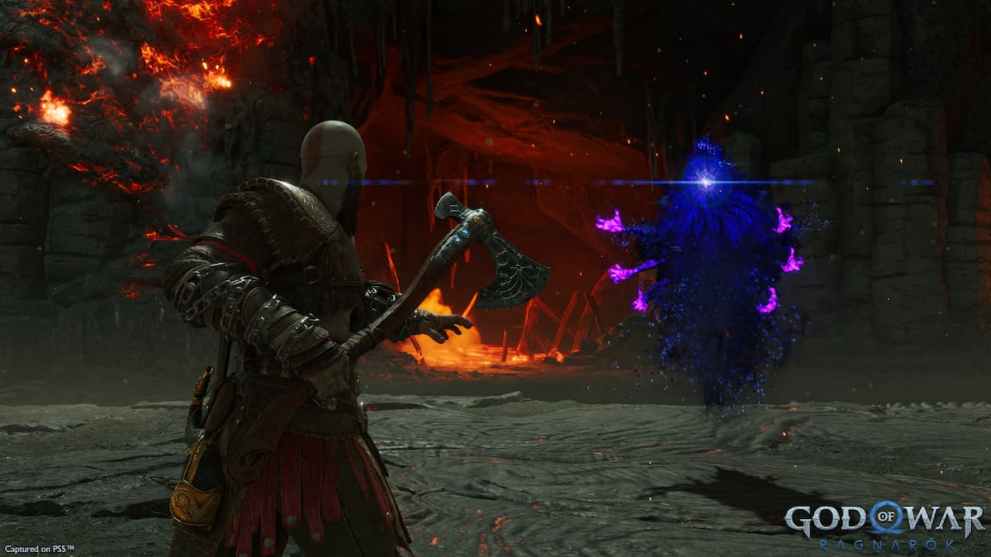
On the topic of Runes, the mechanics that govern weapon buffs are much-changed. Instead, different charms can are now added to an Amulet which grants these more minor buffs to your various stats and abilities. Each weapon has a different ‘part’ to it that can be upgraded. The variants to each of these parts all grant their own unique buffs and abilities, and so it becomes a case of deciding between sticking with your trusty favorite you’ve already upgraded four times or picking the shiny, higher-leveled alternative you’ve just found on your adventure. Which works best for you will come down entirely to your play style, as will the Light and Heavy Runic attacks (think special moves) you choose for each weapon.
All of these can be upgraded, as can the actual weapons themselves, with a plethora of crafting materials you’ll find littered throughout the world, as well as XP you earn from completing quests, picking up collectibles, and defeating enemies. That XP also goes to unlock the various skills and abilities of both Kratos and Atreus. Initially, I didn’t feel these made much of a difference, but it was only after I’d unlocked a fair few new combos and moves for both the Axe and Chaos Blades that you really do start to feel all-powerful. That sense of power is part and parcel of what makes Ragnarok so damn fun. No matter what towering beasty may dwarf the God of War in size, you know that you’ve got the tools in your arsenal to take them down and feel incredibly badass doing so.
I did find that combat felt a lot more challenging than in the first game, though I couldn’t determine whether it was a case of me being rusty or whether the difficulty has been ratcheted up for the sequel. Playing on Normal difficulty, some of the optional boss fights required a few tries before I finally felled them, but these never felt egregious or unfair. Instead, you just need to learn the attack patterns of your foe. The moments to dodge, the attacks to parry, and their elemental weakness.
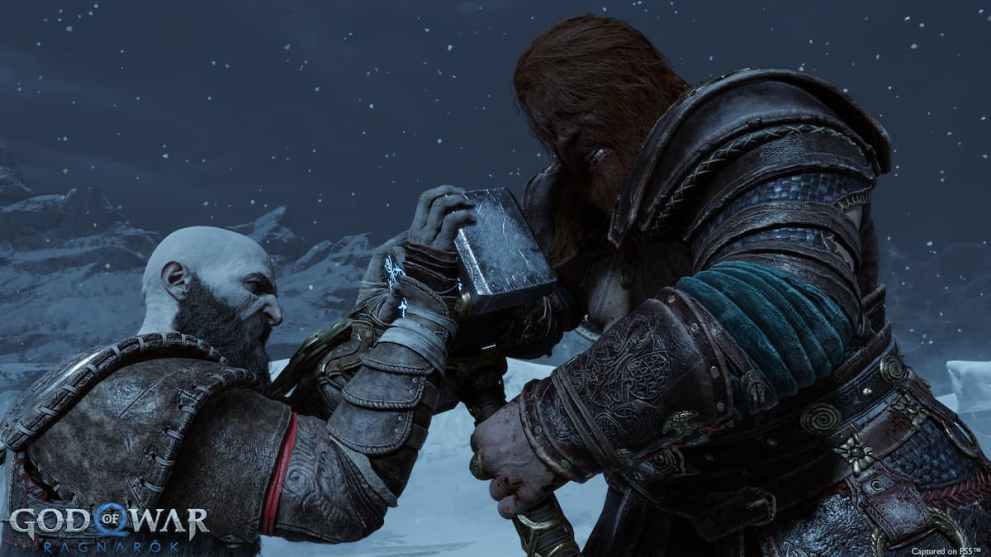
I did find that the lock-on camera felt a bit too zoomed-in and focused on one particular enemy. While you’re not required to use it, those who like a lock-on may find similar issues. Had it been zoomed out slightly, it might not feel quite so problematic but because you’re often fighting multiple enemies at a time –who like to creep up on your blindside– the narrow focus can feel too limiting.
By the end of the adventure, I also longed for some new enemy types. The assortment already here provides a nice amount of variety initially, but by the end, when the stakes are suitably high in the story, they feel a little underwhelming. Granted, they’re intentionally weak to give Kratos a sense of Godly power, but even a couple of different variants of these lesser enemies would have helped keep things that little bit fresher.
When the gameplay relies as heavily on combat as Ragnarok’s does, it has to be polished. It can’t miss a beat or feel unbalanced. Every attack, ability, and combo must feel satisfying and impactful. It must feel weighty without feeling clunky. Swift without feeling floaty. Ragnarok’s combat is like a deadly dance –utterly enchanting to watch, nimble and delicate, but packs a godly punch when the time strikes. In other words, much like other elements of the game, Ragnarok’s combat feels like an evolution from the system introduced four years ago, offering that little bit of finesse and refinement that it needed to turn it from great to utterly excellent. This is especially true of boss fights, with towering foes that in and of themselves are a unique puzzle you must outwit. The orchestral score swells, the enormous health bar occupies the top of your screen and you frantically dodge and parry your way to victory.
Unrivaled Production Quality
Ragnarok’s boss fights are truly a spectacle to behold; even on-lookers around my house who have no interest in video games were stopping in awe of the scenes. I can’t emphasize enough the cinematic quality of Ragnarok’s most grandiose moments. But it’s not just in its cutscenes or set pieces that Ragnarok shines. There’s a level of fidelity and detail that permeates every facet of the game.
The various realms you explore –Muspelheim, Alfheim, Niflheim, Midgard, and more– are oozing with tiny details that bring them to life. Creatures can be seen scuttling up tree branches and screeching from their canopies. Alien-looking flora and fauna pulsate rhythmically while spewing particles that glisten in the sunlight into their surroundings. NPCs go about their days, while plants blow in the breeze, or other foreign particles hang lazily in the air. Even Kratos’ beard looks suitably scratchy. From huge magical vistas to tiny, almost obsessively detailed nooks and crannies, every element combines to create a palpable experience one can’t help but get lost in.
The realms are just as much of a joy to explore as they are to simply sit and gawk at. There’s a plethora of different abilities to help Kratos and Atreus traverse the landscape which you unlock over the course of your adventure, which gives Ragnarok an almost Metroidvania element to the level design. Realms often tease chests, collectibles, or fun side activities in areas tantalizingly out of reach and require some clever trick or use of an ability or two to reach, providing those satisfying a-ha moments when you conquer them.
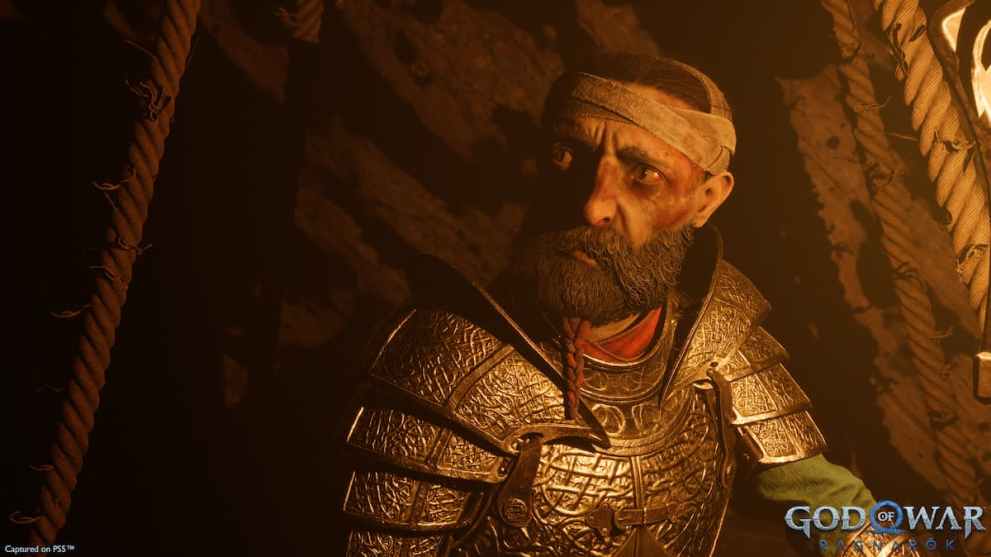
Ragnarok implores you to return to these worlds in between story beats, though there are only a handful of moments it feels like the game’s content lets you go exploring and do your own thing for a while. You can clear up what’s left afterward should you wish, but not knowing when you’ll have the chance to actually complete these side quests did give me the occasional pang of FOMO on my adventure. But that’s only a testament to how enjoyable simply exploring these worlds actually is. You’re compelled to keep digging into every corner to find the hidden passageway you’ve missed, or to check off that last collectible you need.
That being said, the process of traveling from one realm to another requires you to visit the world tree, which seemingly acts as a hidden loading screen, as you can be wandering aimlessly around the circular loop for up to 30 seconds in some instances, and far less in others. While our merry cast of characters will chatter amongst themselves during these segments to make them feel like less of a drag, there are occasions when the dialogue finishes and you’re still standing waiting for the door to appear for a handful of seconds. It’s not a dealbreaker by any chance, but perhaps a sign we’re not at the complete load-free future we’ve all been dreaming of just yet. Though, aside from these moments, Ragnarok doesn’t feature any actual load screens, meaning you never end up with the camera cutting away, which certainly helps with the cinematic feel.
Well-Crafted Level Design
But Ragnarok does at least do something particularly special with its various realms. While it doesn’t give you some enormous sandbox, it makes the most of the space it has across the Nine Realms, carving out little winding paths, intertwined with hidden areas. In doing so, it makes for a far more compelling world and experience than some of the bloated open-world titles of recent years (I’m looking at you, Ubisoft games!). It never feels like you’re just exploring for the sake of it. You’re always being rewarded for doing something and those something’s is very fun due to how compelling that core gameplay loop of combat and exploration is. In a sense, it feels as though it’s been inspired by both the best and worst of the open-world genre, taking the sense of adventure that Breath of the Wild instilled in every last blade of grass across Hyrule, and avoiding the icon-littered maps of its inferior counterparts.

If I were to be particularly nitpicky, the pacing and dispersal of side content can feel a little irregular. For the first chunk of the game, you rarely encounter any NPC that has a side quest for you, only for more than a handful to be given to you within a matter of minutes. That being said, there’s a healthy amount in the entire game to distract you from the main story quest. Santa Monica Studios has clearly focused on making side quests and activities feel meaningful, avoiding monotonous, soulless fetch quests. Could there have been a few more? I’m never going to turn down a reason to spend longer journeying across the Nine Realms with Kratos and Atreus, but this is also just me being greedy that there wasn’t more for me to gobble up like some God of War glutton.
Granted, God of War Ragnarok isn’t a traditional open-world game, though. In fact, it’s quite the opposite, preferring the isolated, sprawling realms over one singular landmass that you spend all of your time in. As a result, Ragnarok feels refined, honed, and focused on the story it wants to tell, and the realms it wants you to explore. It’s clear that the development team’s vision for the game has gone uncompromised. To repeat a sentiment I’ve often shared about Sony’s first-party exclusives before, God of War Ragnarok is yet another perfect example of what you buy a PlayStation for nowadays. It’s a gaming experience that again pushes the boundaries even beyond what we’ve come to expect, boasting a quality in its production that feels a step ahead of its rivals.
Ultimately, God of War Ragnarok does something few other games manage to achieve. It makes every corner of the Nine Realms feel like there might be something cool tucked away, or a challenging boss fight to wrap up. By making the core gameplay so good, the combat so compelling, and the realms oozing with mystery and adventure, you just sit slashing your way through countless enemies, picking up several lifetimes’ worth of Hacksilver, and unlocking every last upgrade you can until there’s nothing else to do. It takes you on an unforgettable adventure and doesn’t let you go until there’s nothing left to give. That’s what exceptional games do, and make no mistake this is one of them.
Next-Gen Performance
In terms of performance, Ragnarok was almost flawless for me from start to finish. Aside from a brief glitch in a quest –which has since been patched– that prevented me from advancing until I reloaded an old auto-save, the game didn’t skip a beat. There was an instance or two of very minor screen flickering, but these lasted all of a matter of seconds. A strange glitch that seemed to quickly flick the game to a lower resolution before immediately switching back occurred once or twice, too. Though whether that was an issue with my TV’s own visual enhancement features or not, I’m not entirely sure.
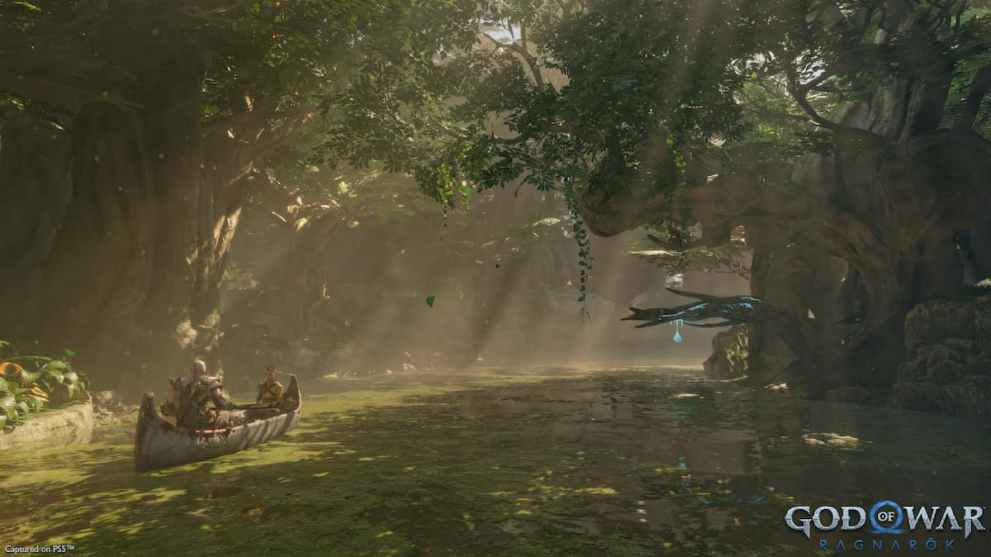
It’s difficult to fault a game so well-rounded and polished as Ragnarok, but alongside the lack of side quests, I did have a few other slight niggles. As well-detailed as the character looks in cutscenes, Atreus did look a little robotic when conversing with the character in gameplay. His mouth moved a little strangely, something that I didn’t note to be an issue with Kratos or Mimir. I also questioned just how much of an impact a lot of the various stat buffs from amulets and armor pieces were really having on my experience playing on the game’s ‘normal’ difficulty mode. I’m sure they’ll come more into their own on higher difficulties when every advantage you can get adds up, but I couldn’t say they really felt worth the time and effort playing around with.
Finally, just to vent about a very very minor pet peeve I had… the compass can get a little confusing. Waypoints will slide to the extremities of the compass at the top of your screen to help you figure out the path you should take to reach it. But this did lead to me sometimes going around in circles as I thought I’d gone past the waypoint, only to realize I hadn’t and course-correct. Yes, I know it’s very minor, and this was likely partly to my ineptitude to figure out how the compass worked initially, but I’ve played my fair share of open-world titles and this was the first time I’ve taken issue with something as trivial as a compass. Perhaps that’s a testament to how good the rest of Ragnarok is, that I had to go to these lengths to find something to complain about.
God of War Ragnarok is the epitome of cinematic gaming experiences. It’s an unforgettable, magical adventure teeming with treasures to find, legendary opponents to slay, and relationships to forge along the way. At its core, the experience is built around a near-perfect core gameplay loop that sinks its Chaos Blades into you and refuses to let go. The latest step in Kratos and Atreus’ father-son dynamic is just as touching as the one before it was in its predecessor, and the slight amendments to the gameplay make this the sequel the series deserved. Ragnarok is both the PS4’s final swansong, and the best of what the PS5 has to offer, and right now, one of, if not the best cinematic gaming experience you can buy. Watch out Elden Ring, Kratos is coming for Game of the Year 2022.
- Satisfying combat that provides flexibility for different playstyles
- Gripping storyline that further fleshes out the dynamic and relationship between Kratos and Atreus
- Boss fight feel as epic and grandiose as you'd expect fights against literal Gods to be
- Environments are stunningly detailed and designed making exploration, collectible finding and side questing a sheer joy
- Levels of cinematic fidelity that are rarely seen elsewhere
- Amulet buffs feel incredibly minor on normal difficulty.
- Some sneaky loading segments at the World Tree that can feel a little too long in some moments.
- Minor lock-on grievances and enemy variety can feel a little lacking by the end.

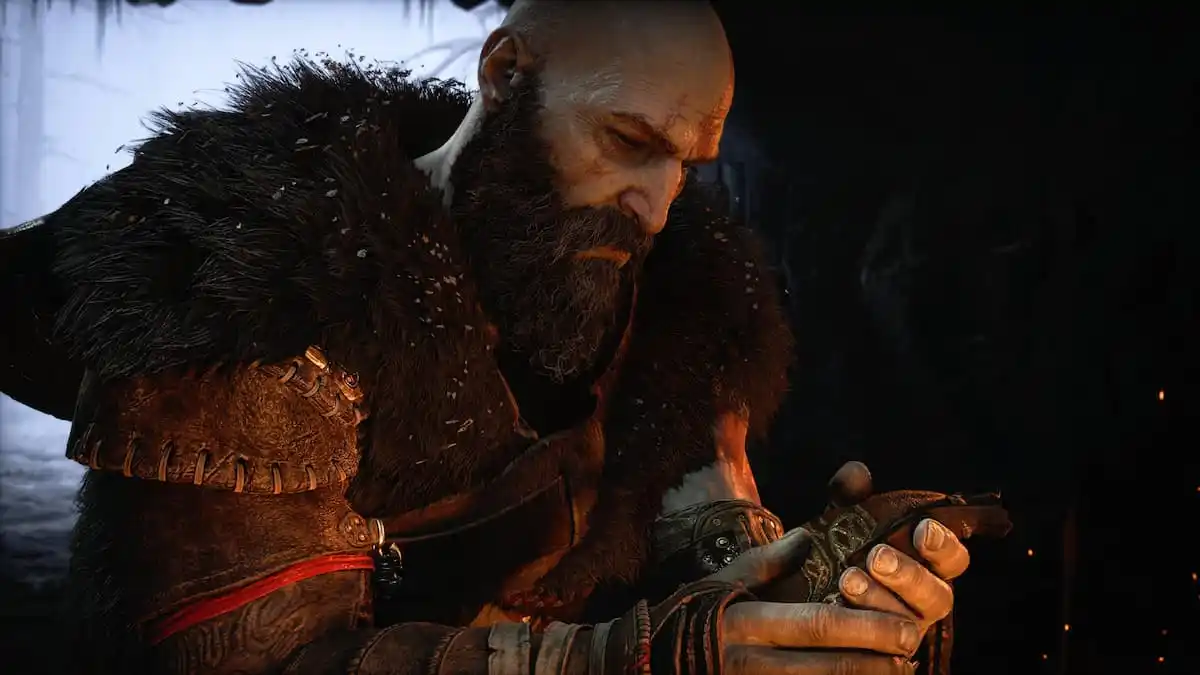

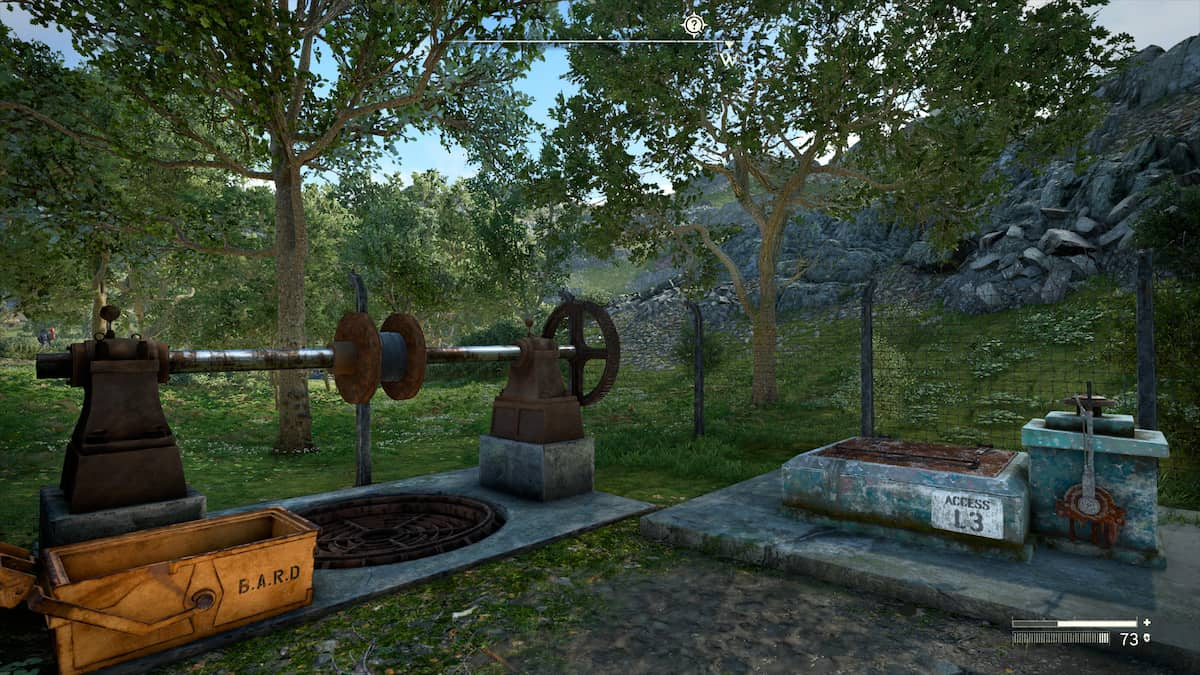

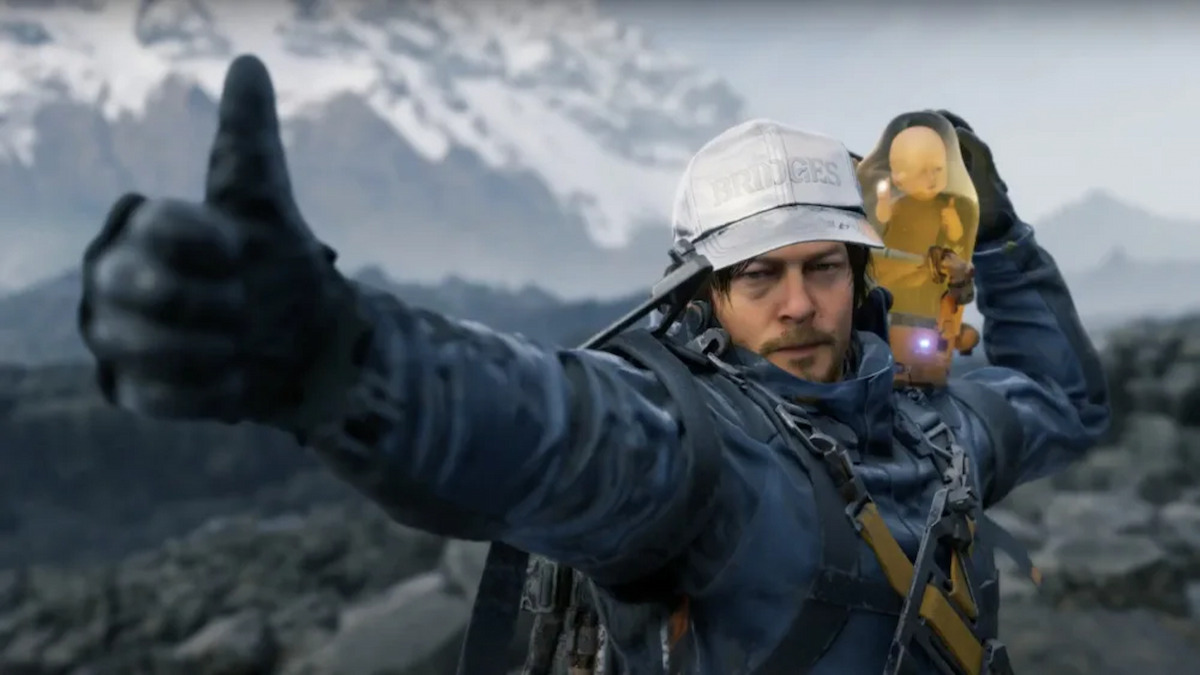
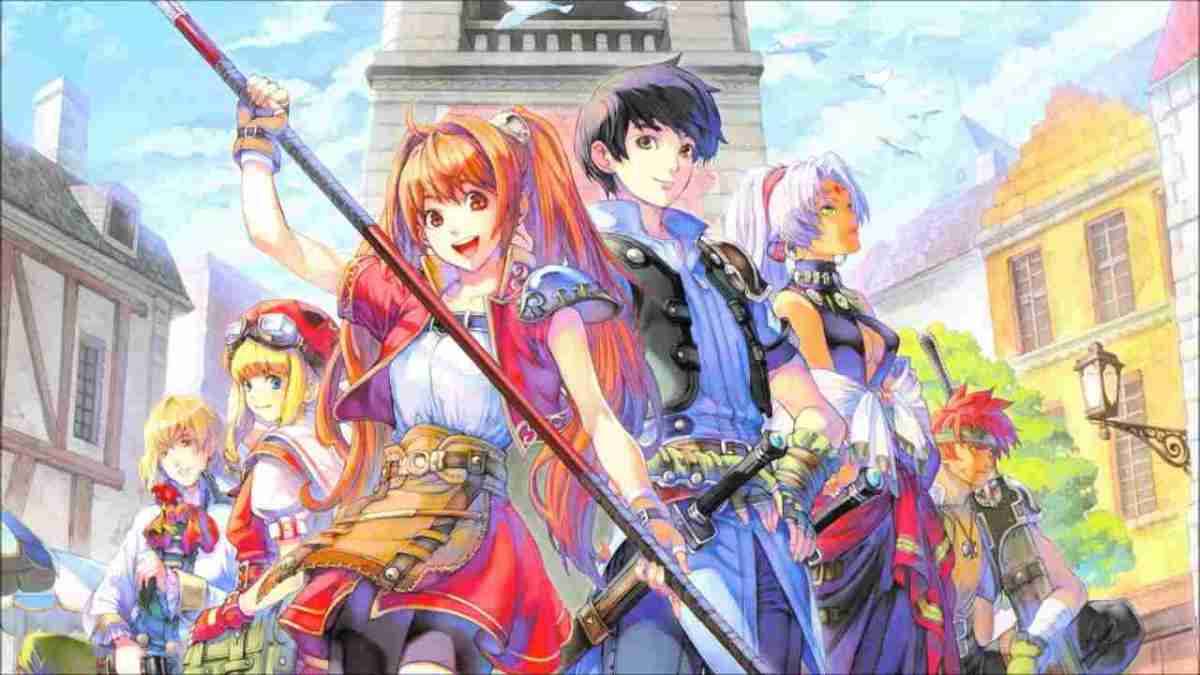
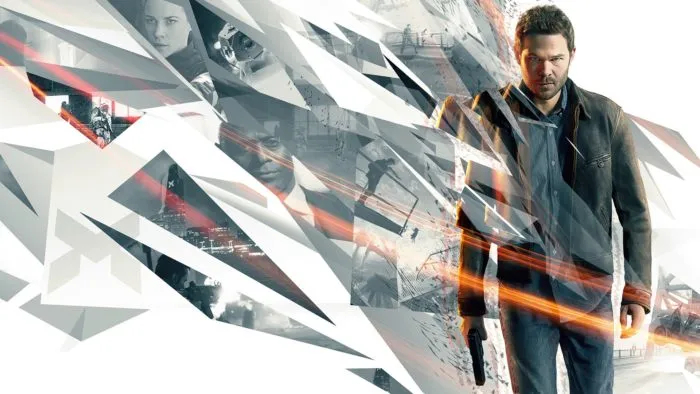
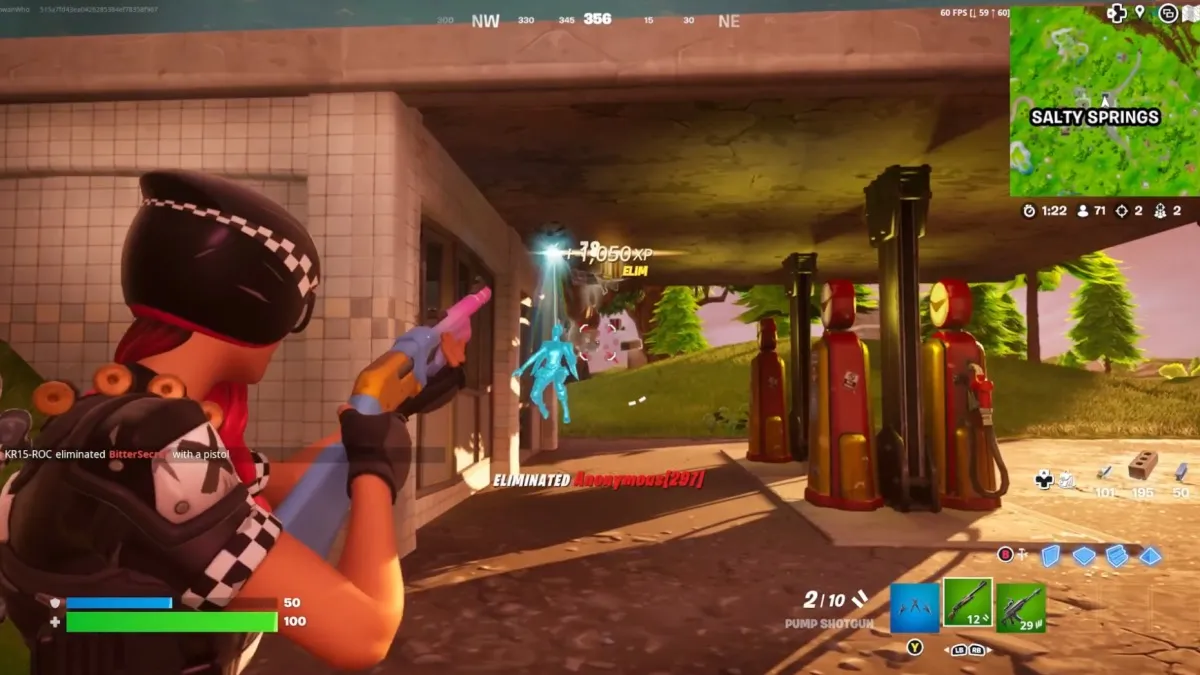

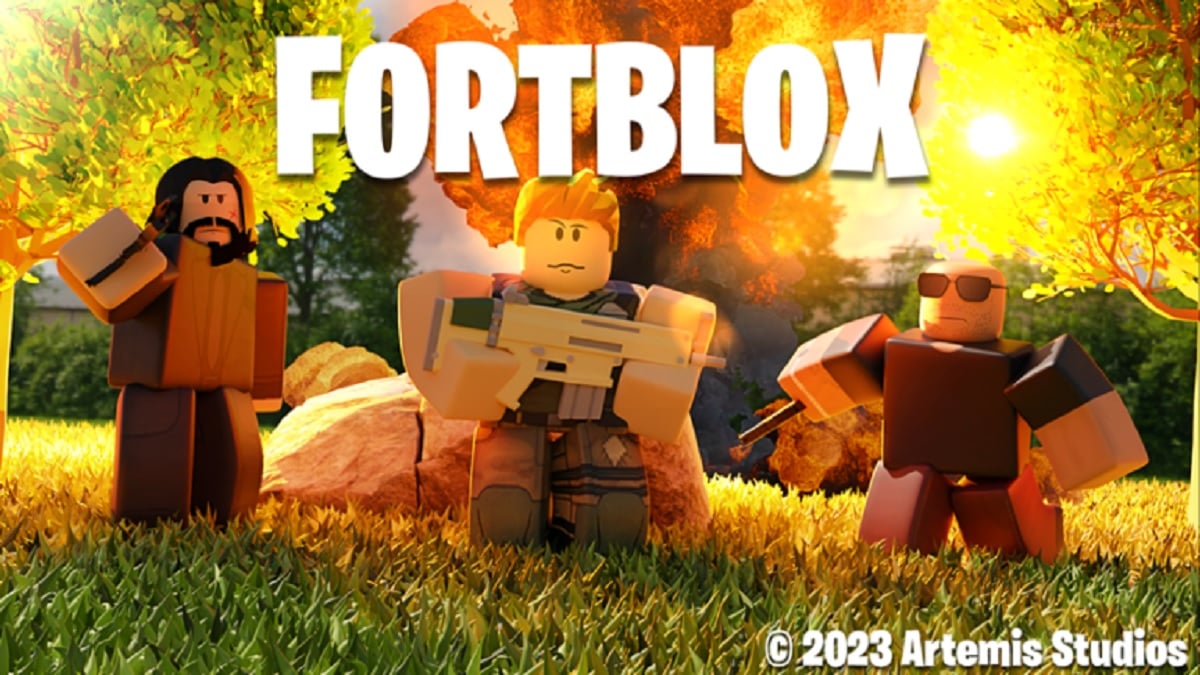

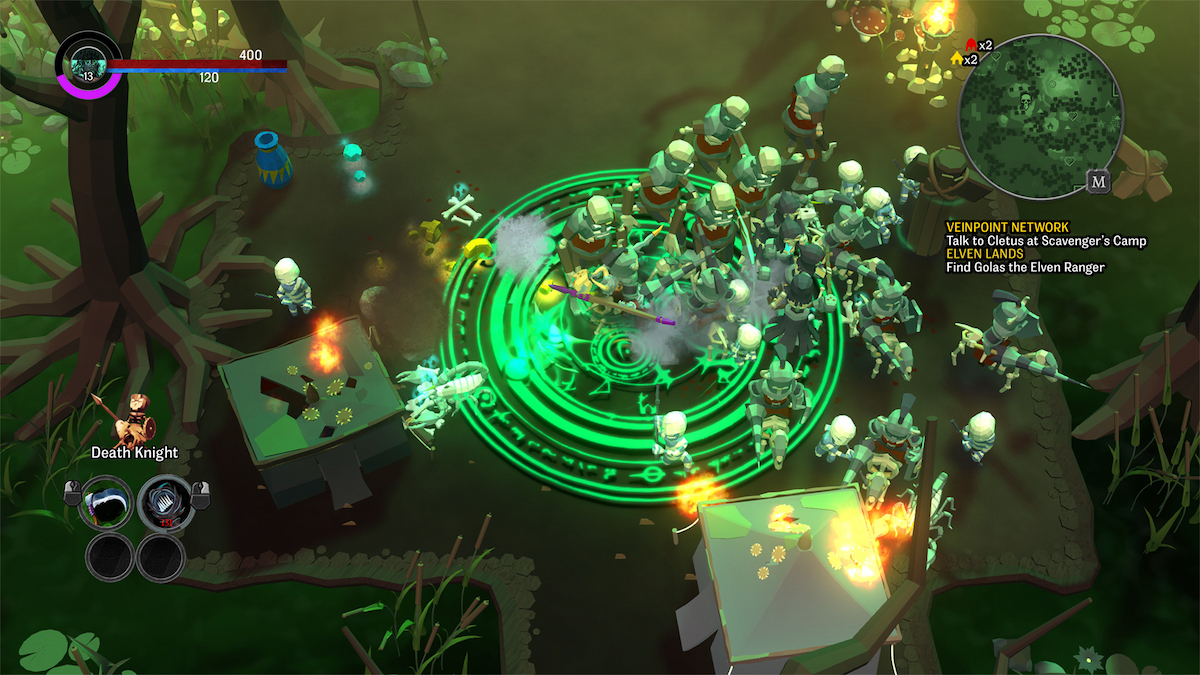
Updated: Nov 8, 2022 07:28 am